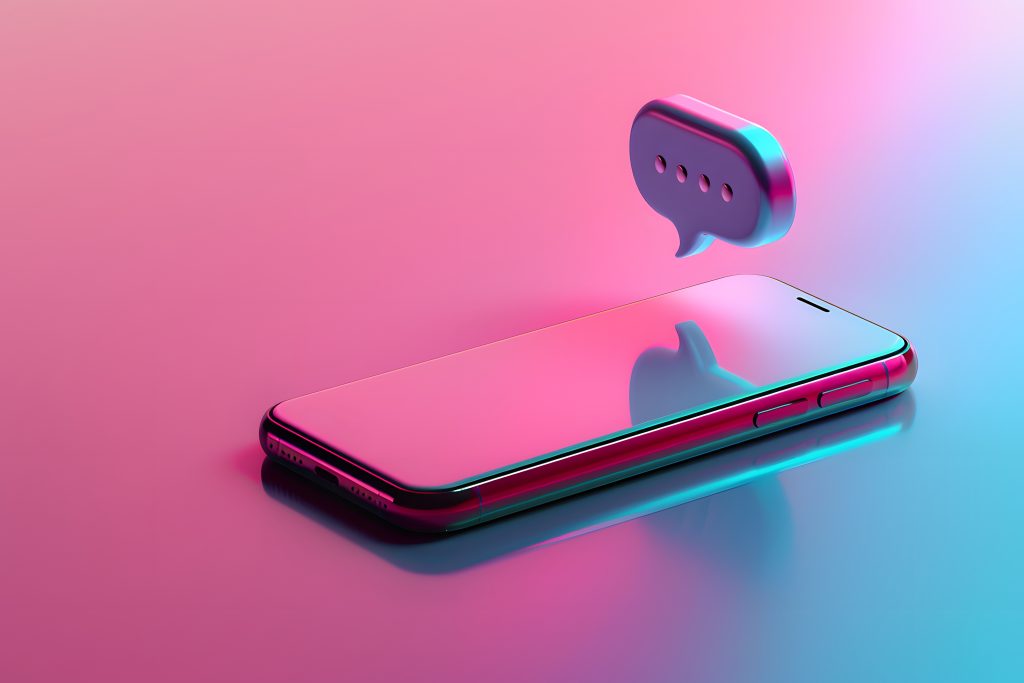The Hidden Cost of Constant Notifications
Emma Brooks July 1, 2025
Constant notifications are more than just interruptions; they inflict a hidden cost on our wellness, undermining focus, mental health, and productivity. With smartphones pinging up to 46 times daily on average, our brains face perpetual disruptions. This article reveals why this trend matters now, highlights recent research, and offers a realistic guide to mitigating the toll notifications take.

Why Notifications Undermine Wellness
- Eroded Deep Focus
When notifications strike, they derail your attention. It takes about 23 minutes on average to refocus after a single alert.Consequently, even a handful of notifications can derail entire workdays. - Technostress and Anxiety
Researchers define “technostress” as the strain from being pressured to respond digitally. As alerts pile up, so do cortisol levels, making individuals more anxious and less resilient. - Fragmented Attention and Burnout
Moreover, constant digital stimuli fuel “continuous partial attention,” a state where we constantly divide focus. This persistent splitting wears down cognitive capacity and drives burnout. - Sleep Disruption and Fatigue
Furthermore, nighttime notifications hinder sleep quality by suppressing melatonin, leading to grogginess and heightened anxiety during the day.
Recent Trends: Why It’s Worse Than Ever
- Ping Fatigue in the Workplace
Leaders observe growing “ping fatigue”—a blend of mental exhaustion and reduced concentration caused by messaging platforms. - The Rise of Digital Dopamine Seeking
Many people, especially younger generations, check devices compulsively (up to 50 times/hour) due to dopamine hits from notifications. This behavior leads to addictive loops and constant distraction. - Compulsive Behavior in Gen Z
Data suggests that during conversations, nearly 40% of Gen Z check their phones within two minutes, signaling growing interpersonal impact from digital distraction.
A Practical Guide to Reclaim Focus
1. Audit Your Notifications
- First, list all alerts across devices.
- Second, categorize them by necessity (e.g., urgent vs. non-urgent).
- Third, disable or mute non-essential ones; opt for badges or silent modes.
2. Define “Focus Windows”
- Begin work with notifications off for 30–50 minutes.
- During these blocks, silence phones, enable Do Not Disturb, or use screen-time apps like Forest or Freedom.
3. Batch Notifications
- Navigate alerts at specific times (e.g., 10 a.m., 1 p.m., 4 p.m.).
- By clustering responses, you regain productive hours and reduce the mental load from constant task-switching.
4. Introduce Digital Detox Periods
- Designate “device-free zones” during meals or before bed.
- On Global Day of Unplugging, many report improved mental clarity and focus.
5. Build a Tech-Healthy Mindset
- Lastly, foster mindfulness around digital habits.
- Embrace practices such as meditation, physical activity, and in-person interaction to counter the digital overwhelm.
Benefits of Reducing Notifications
- Enhanced Productivity:
Turning off notifications empowers deeper focus, enabling better quality work. - Improved Mental Health:
Without constant pings, stress levels decrease, anxiety subsides, and resilience builds . - Better Sleep Patterns:
Limiting nighttime alerts improves sleep quality, restoring energy . - Stronger Relationships:
Phone-free zones and intentional presence enhance real-world connections.
Addressing Common Concerns
“What if I’ll miss something important?”
Filter alerts so that only critical ones (e.g., family emergencies) break through. Otherwise, silence the noise.
“Will ignoring notifications feel rude?”
When you set expectations—like having response windows—others adjust their expectations too. Prioritizing mindful use fosters healthier digital boundaries.
“Doesn’t turning them off cause FOMO?”
While temporarily unsettling, most users find that focusing on meaningful tasks or conversations enhances wellbeing more than constant connectivity .
Conclusion
The hidden cost of constant notifications is real: it fractures attention, drives anxiety, and diminishes mental power. Still, proactive steps—like auditing alerts, batching notifications, and embracing digital detox—offer greater control and quality of life. As technology continues to dominate our environments, it’s only by structuring mindful boundaries that we can preserve focus, wellbeing, and human connection.
References
- Research: How Notifications Impact Mental Health. Pausa. Feb 28, 2025. https://www.pausa.co/blog
- Ahead App (2025) Digital Dopamine: How Smartphone Notifications Rewire Your Focus. https://ahead-app.com
- CU Boulder Today (2024) How to fight ‘technostress’ at work. https://www.colorado.edu





